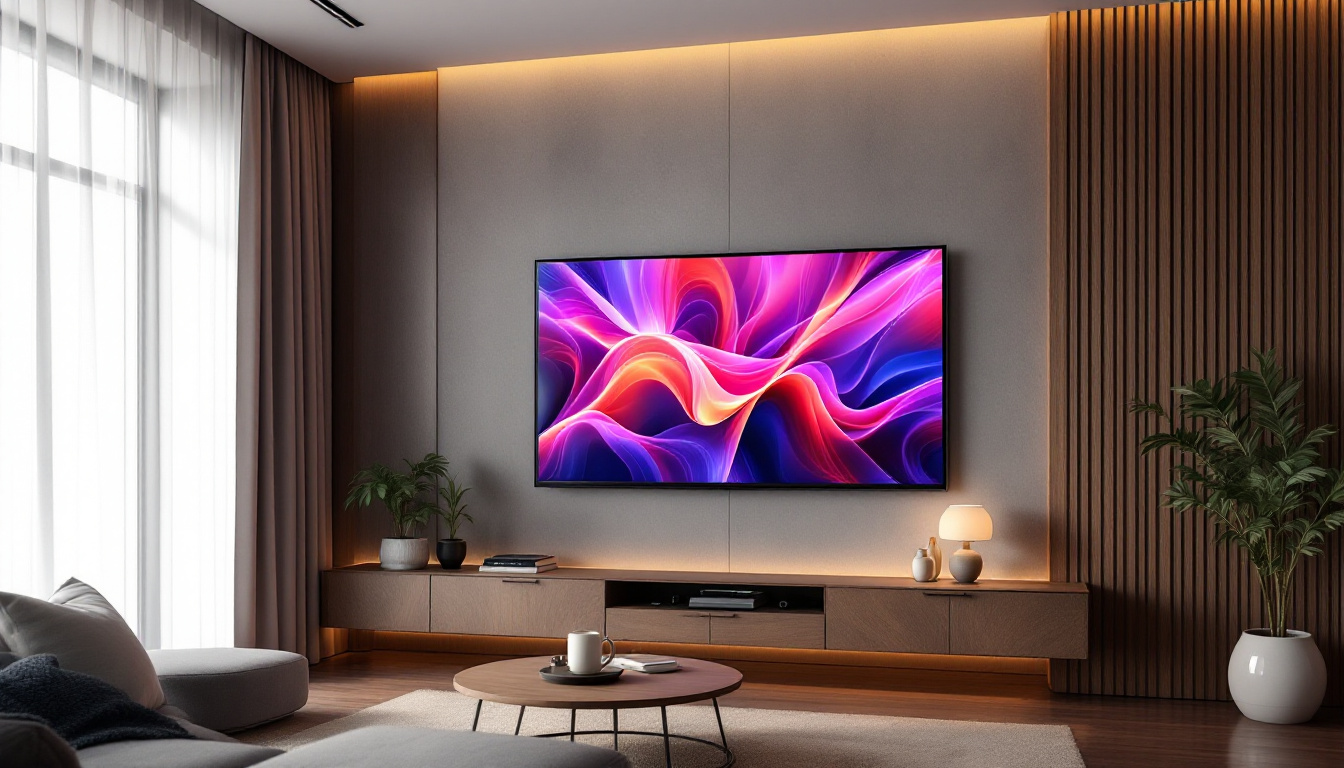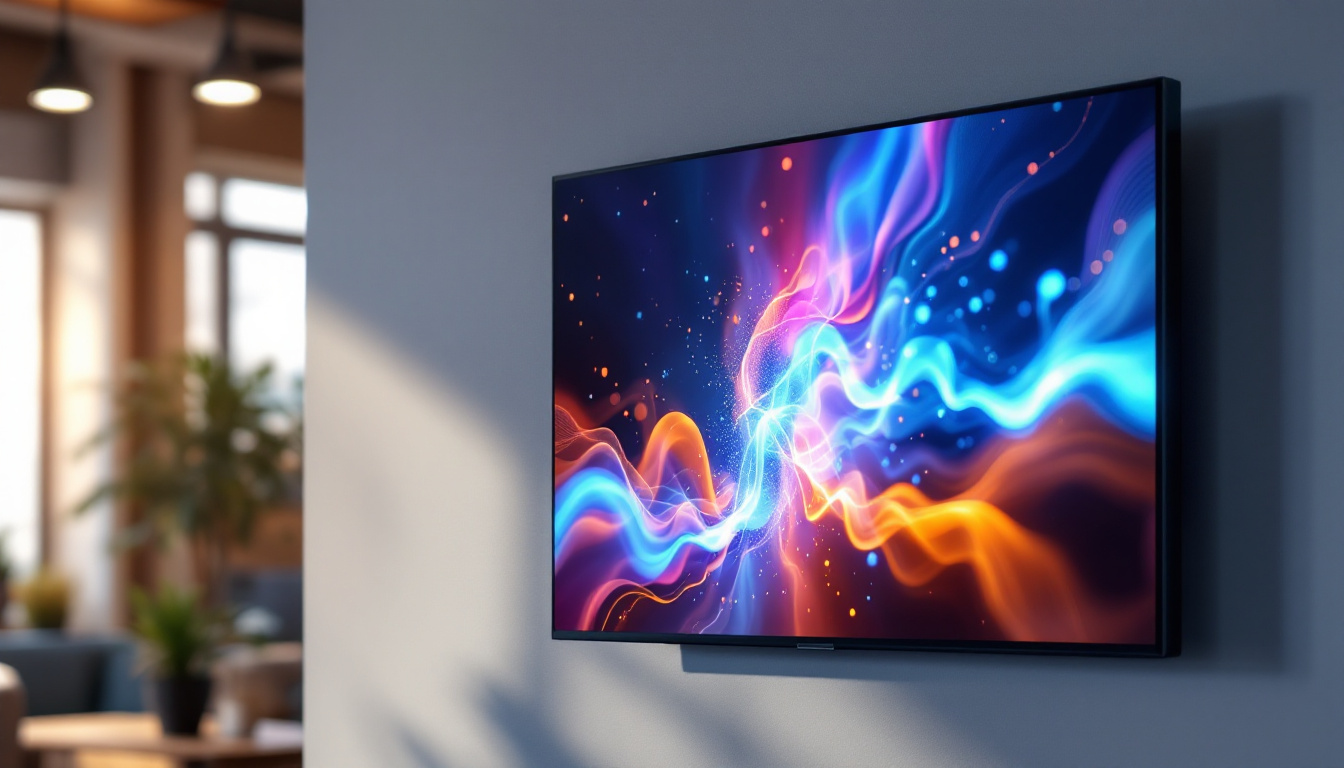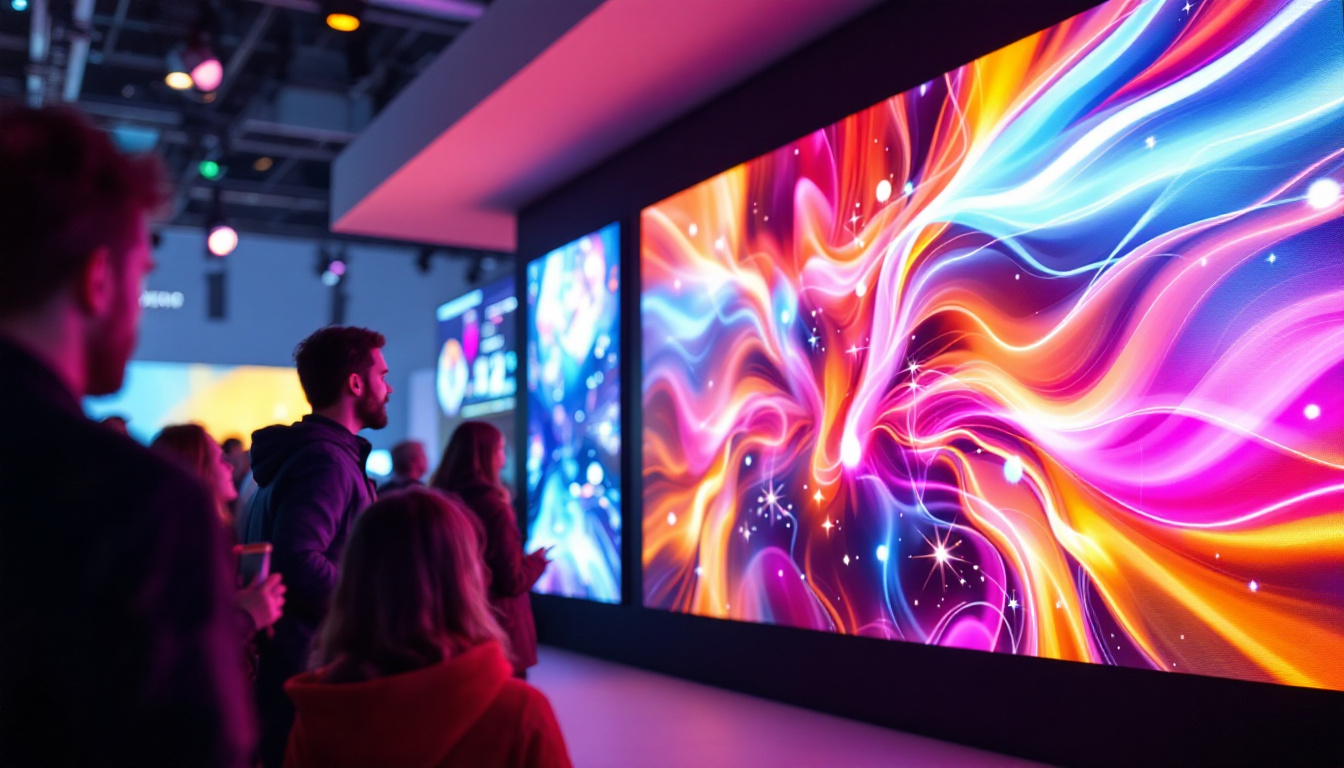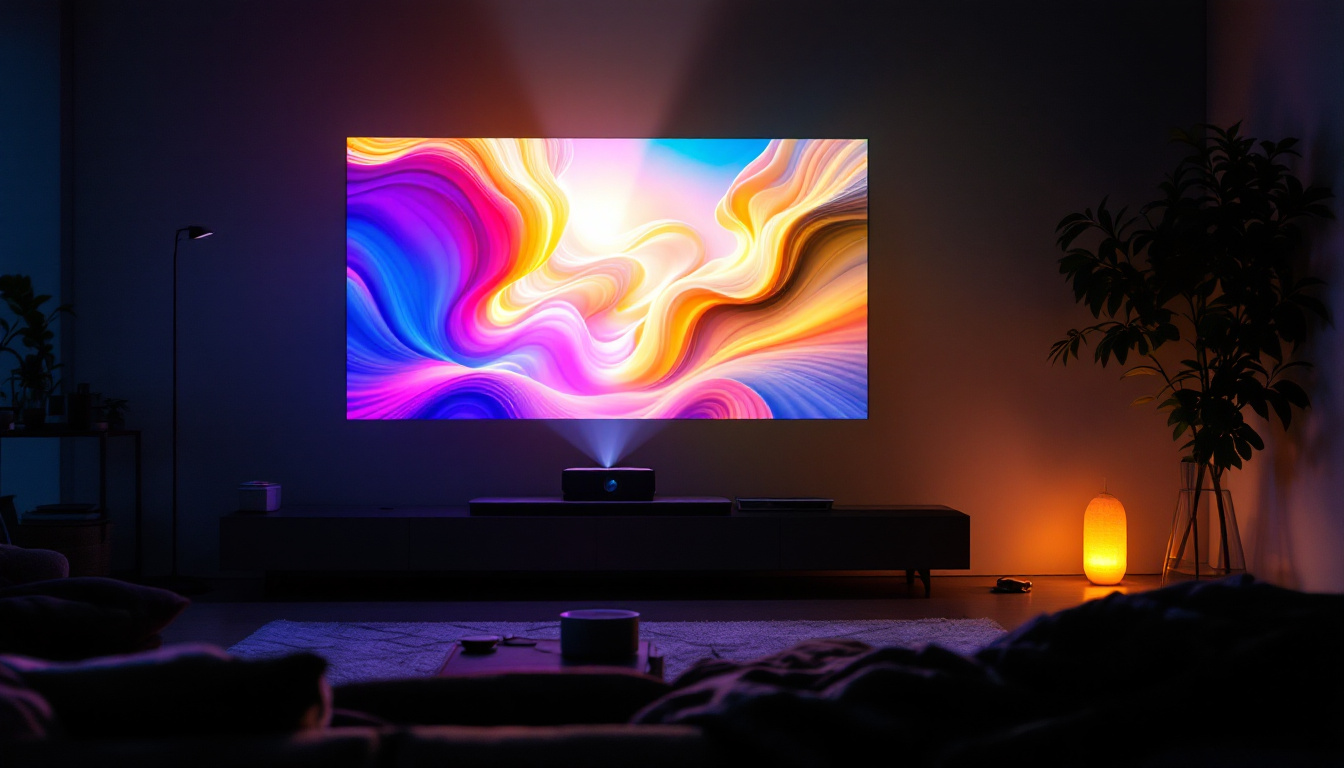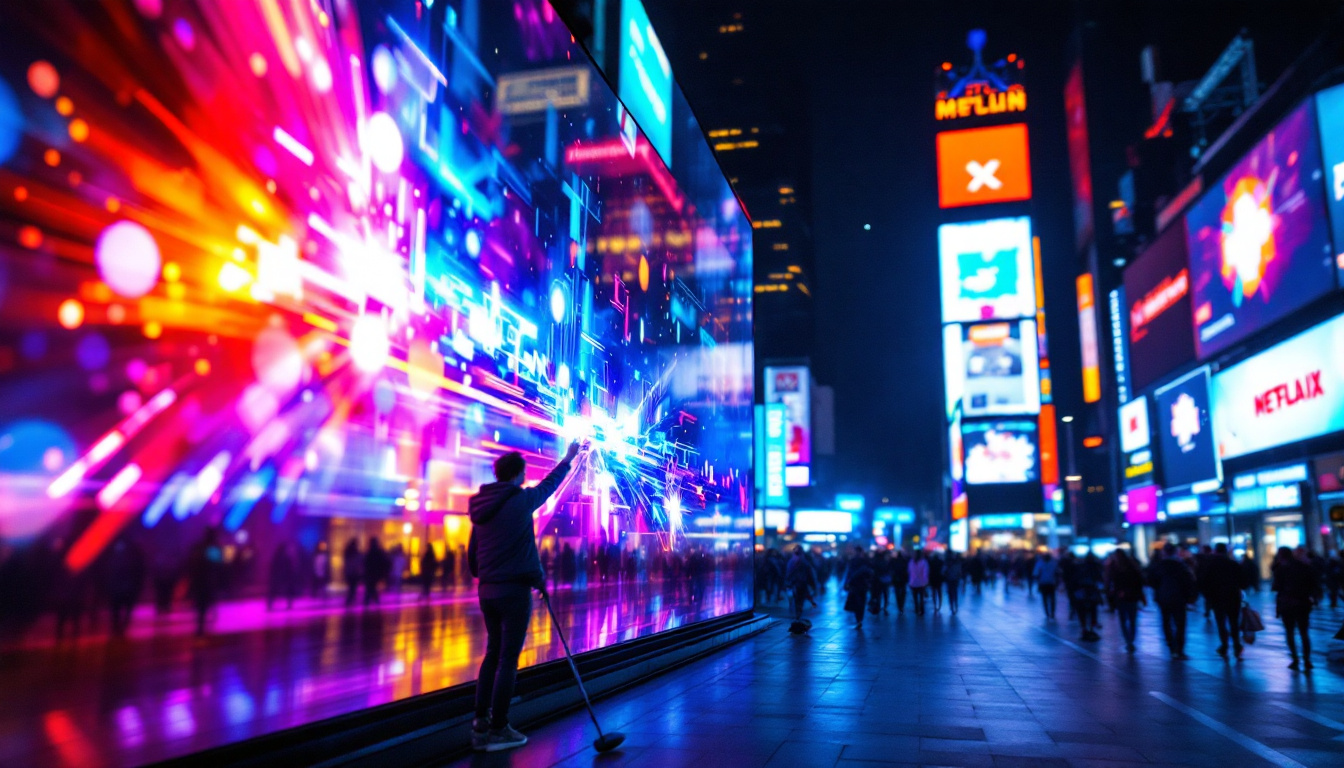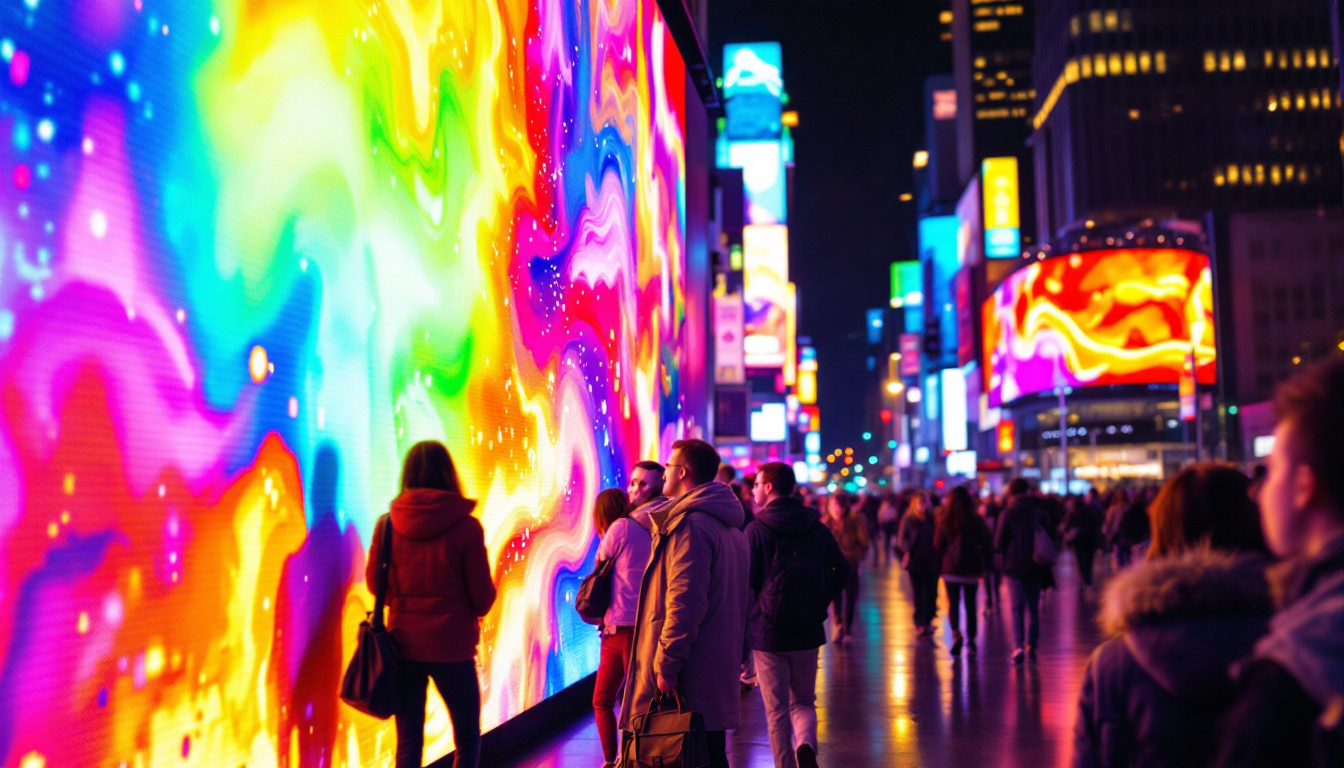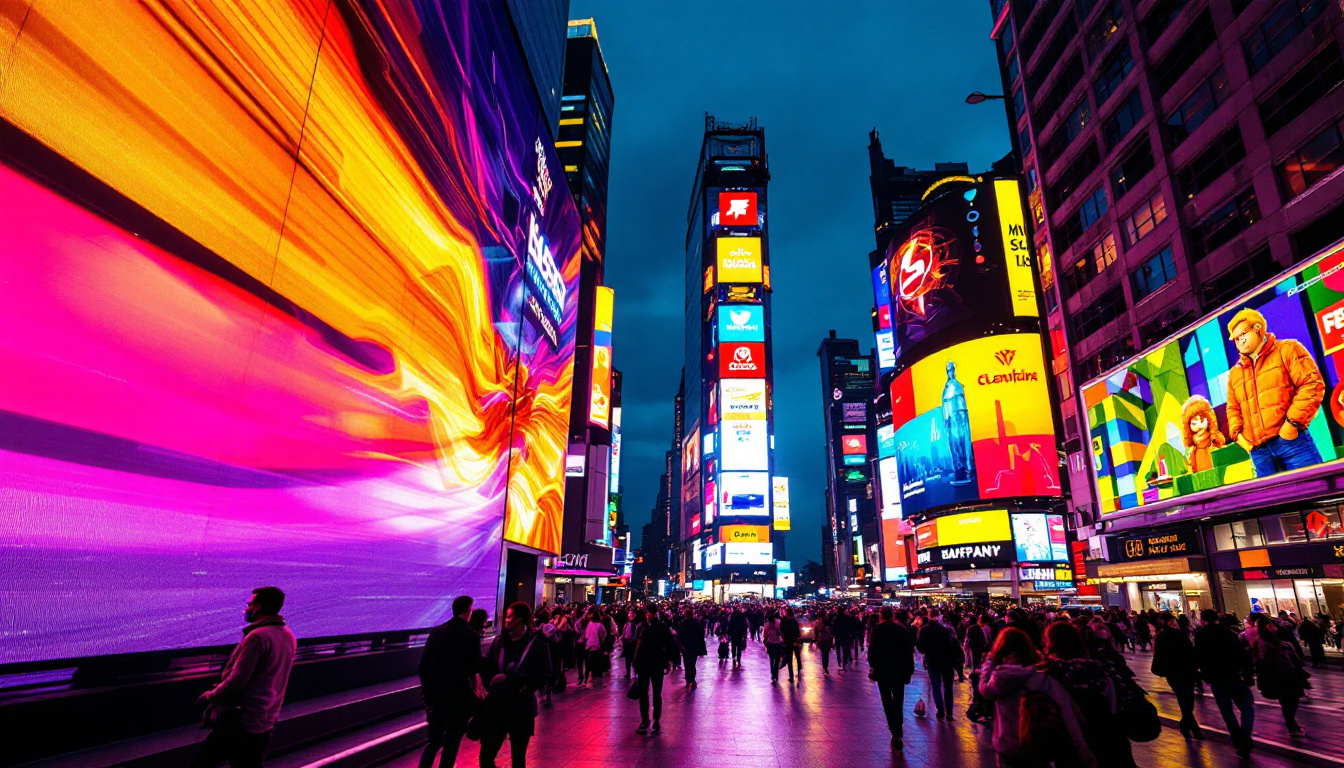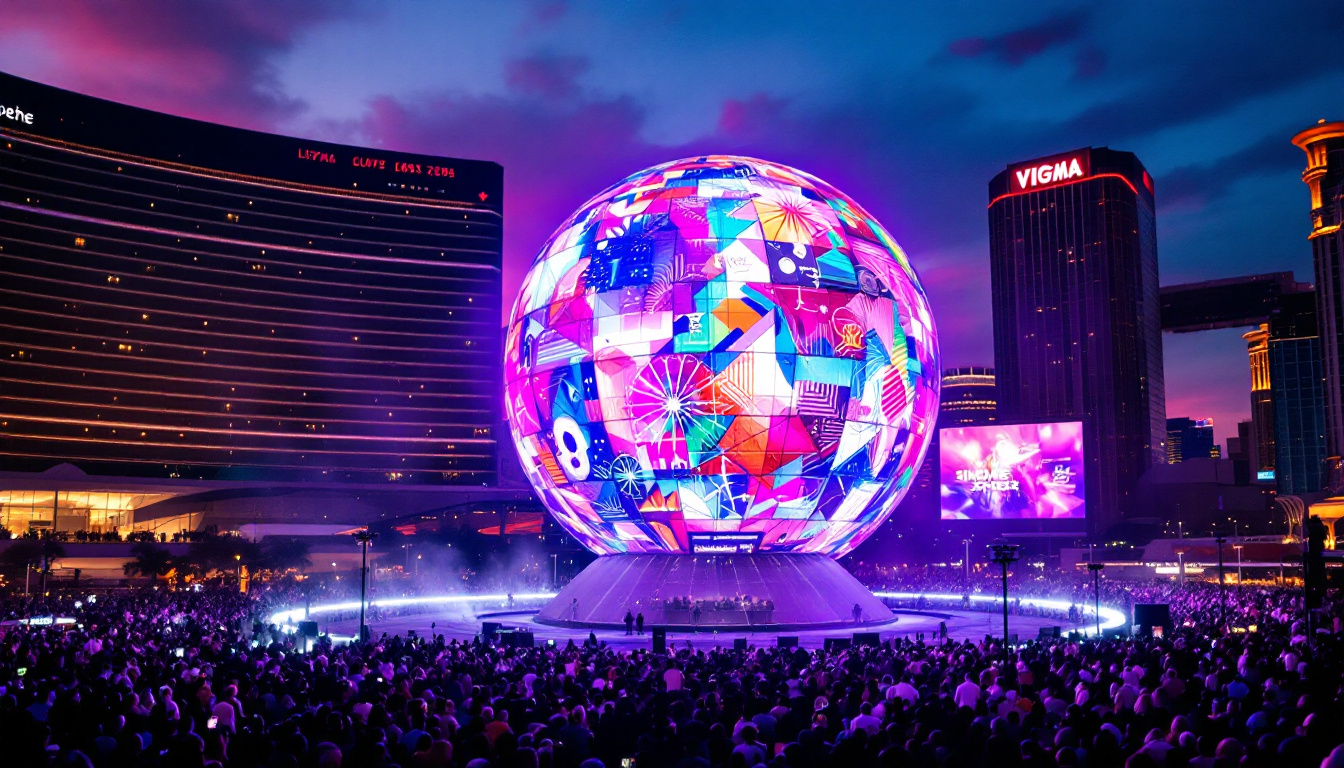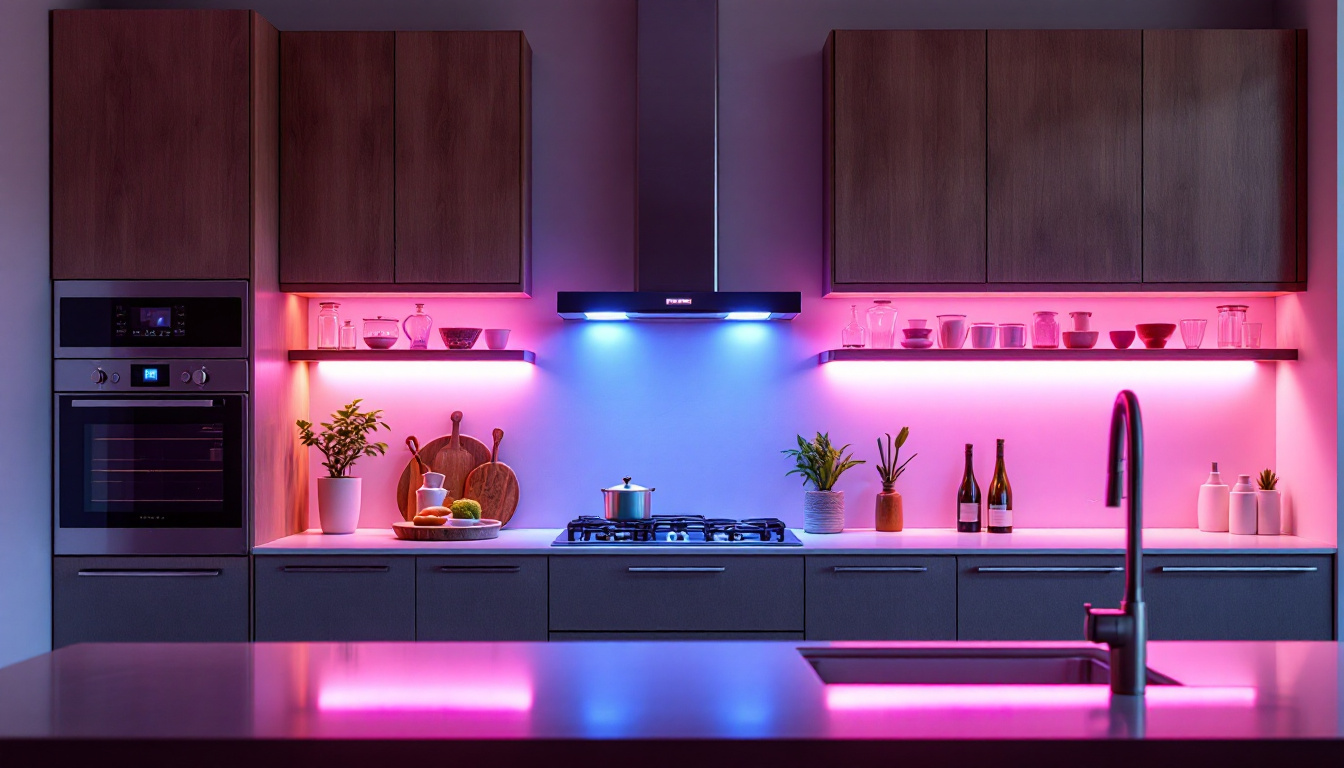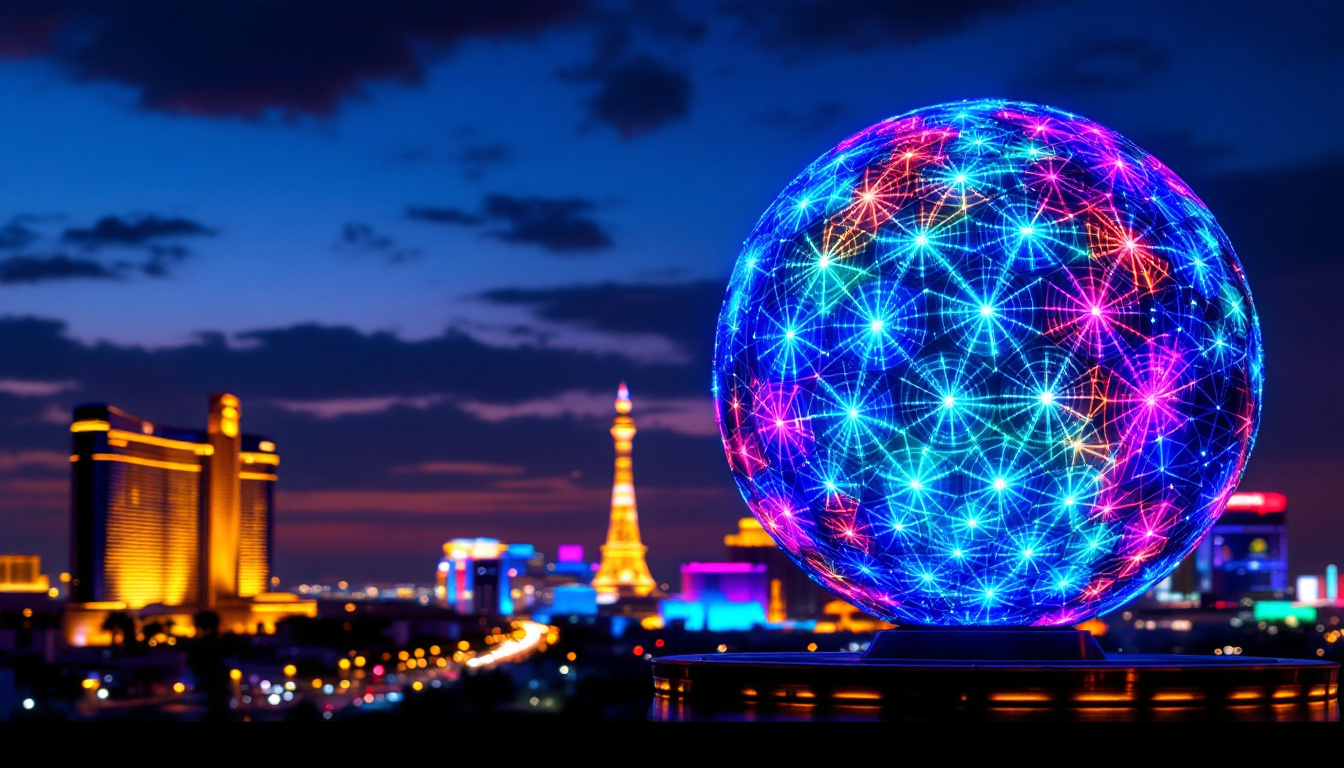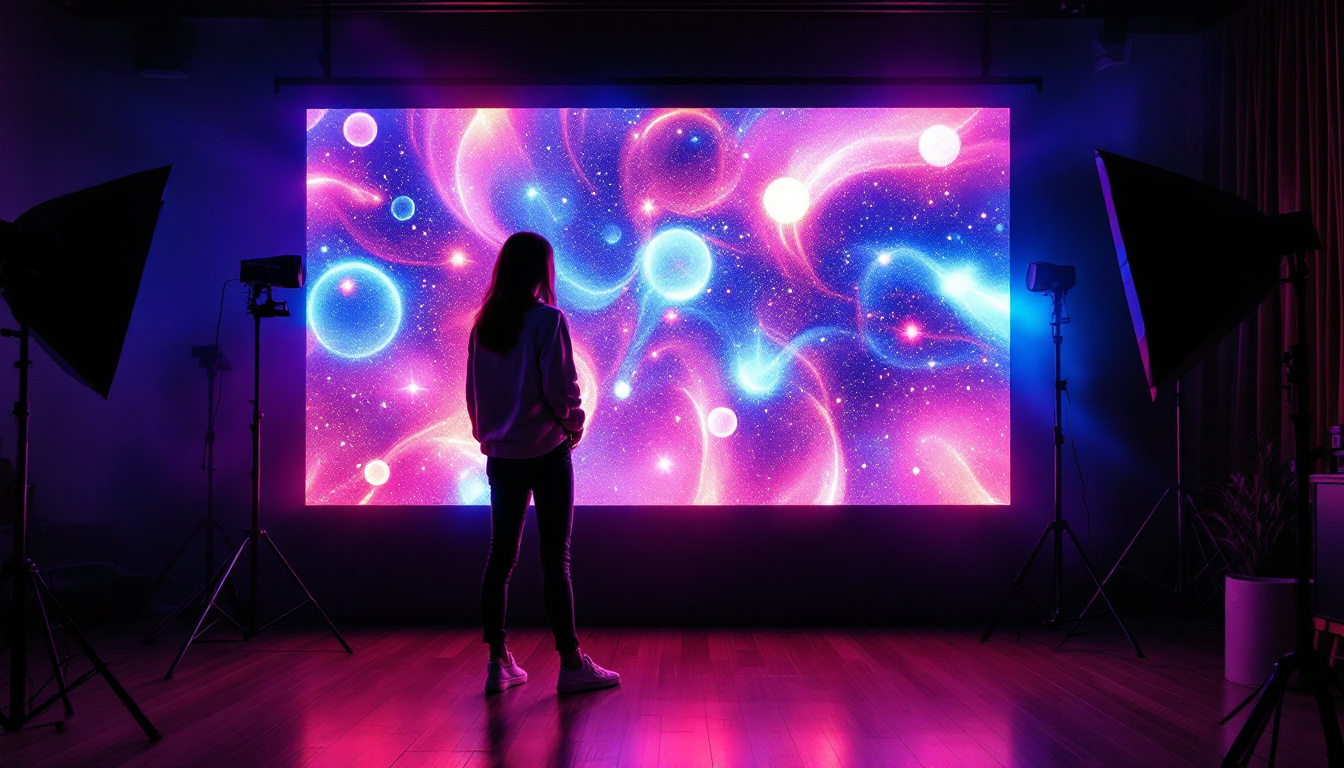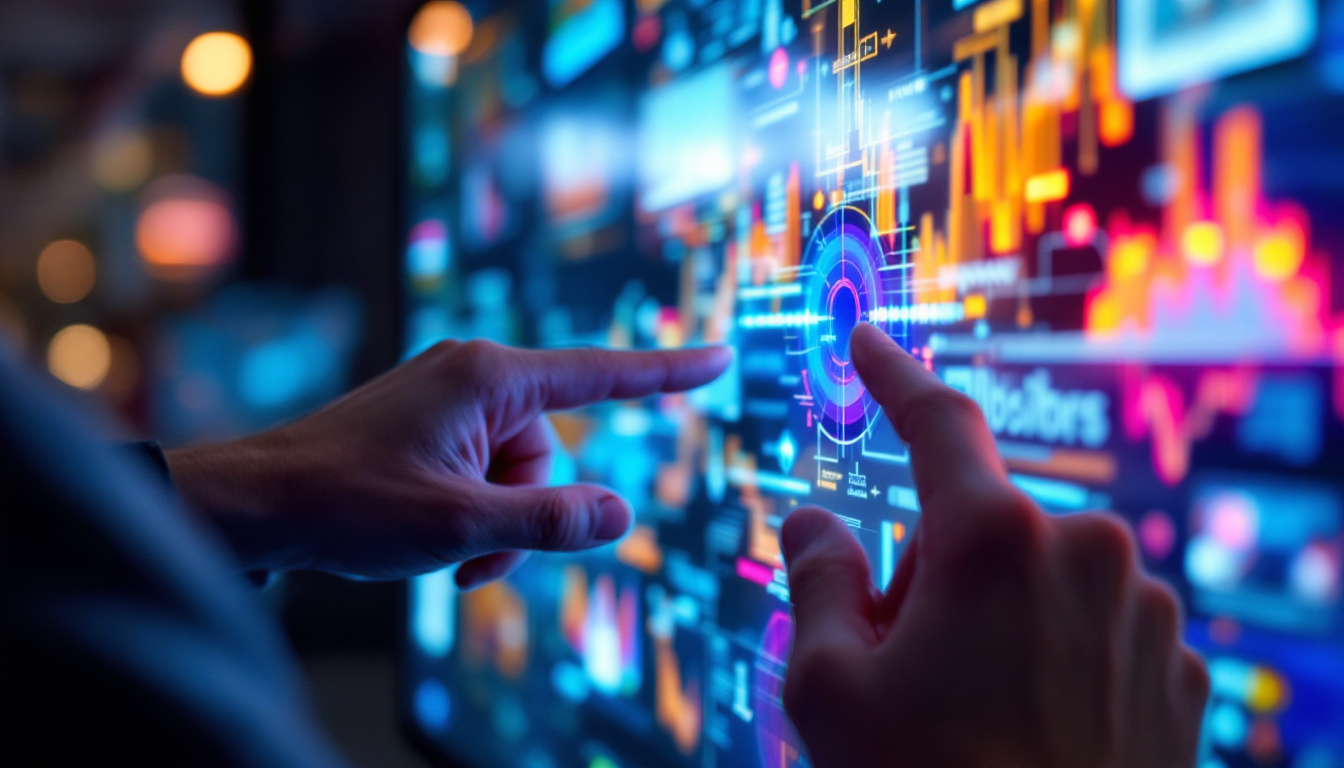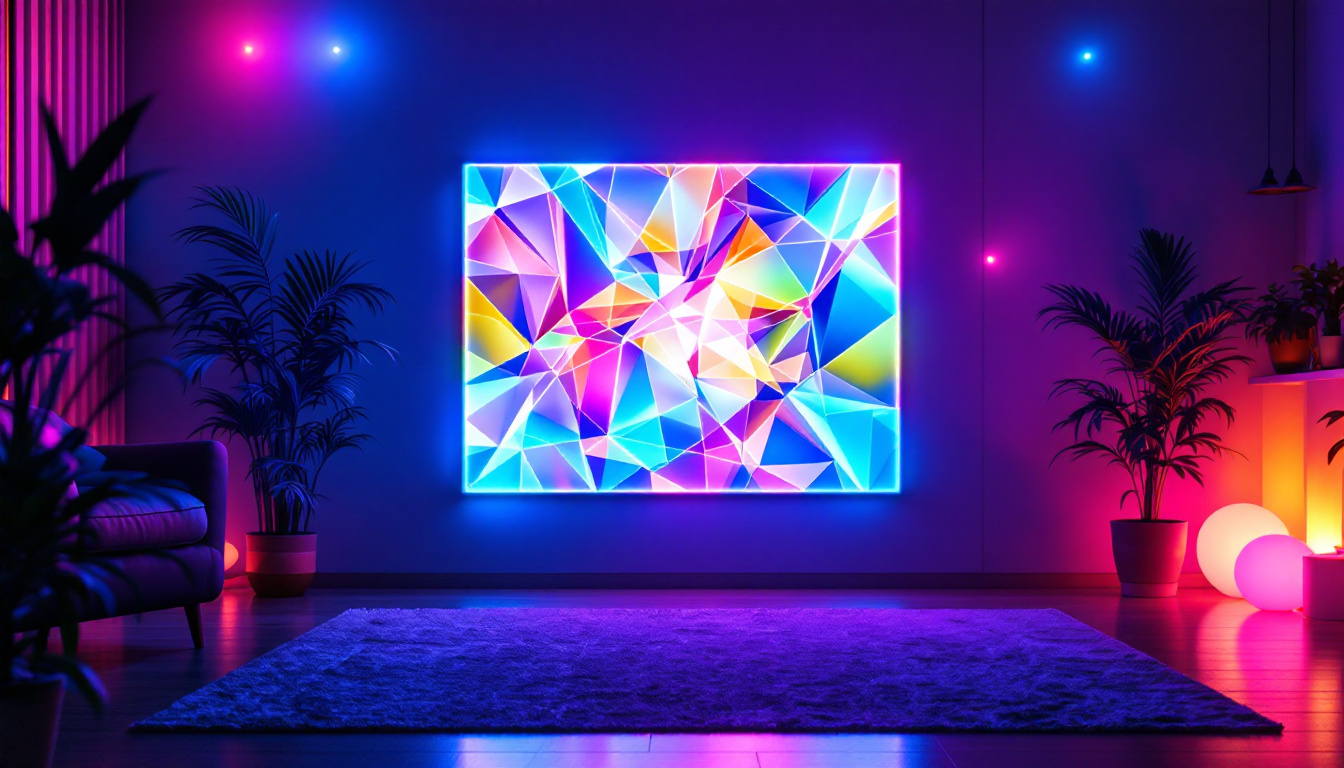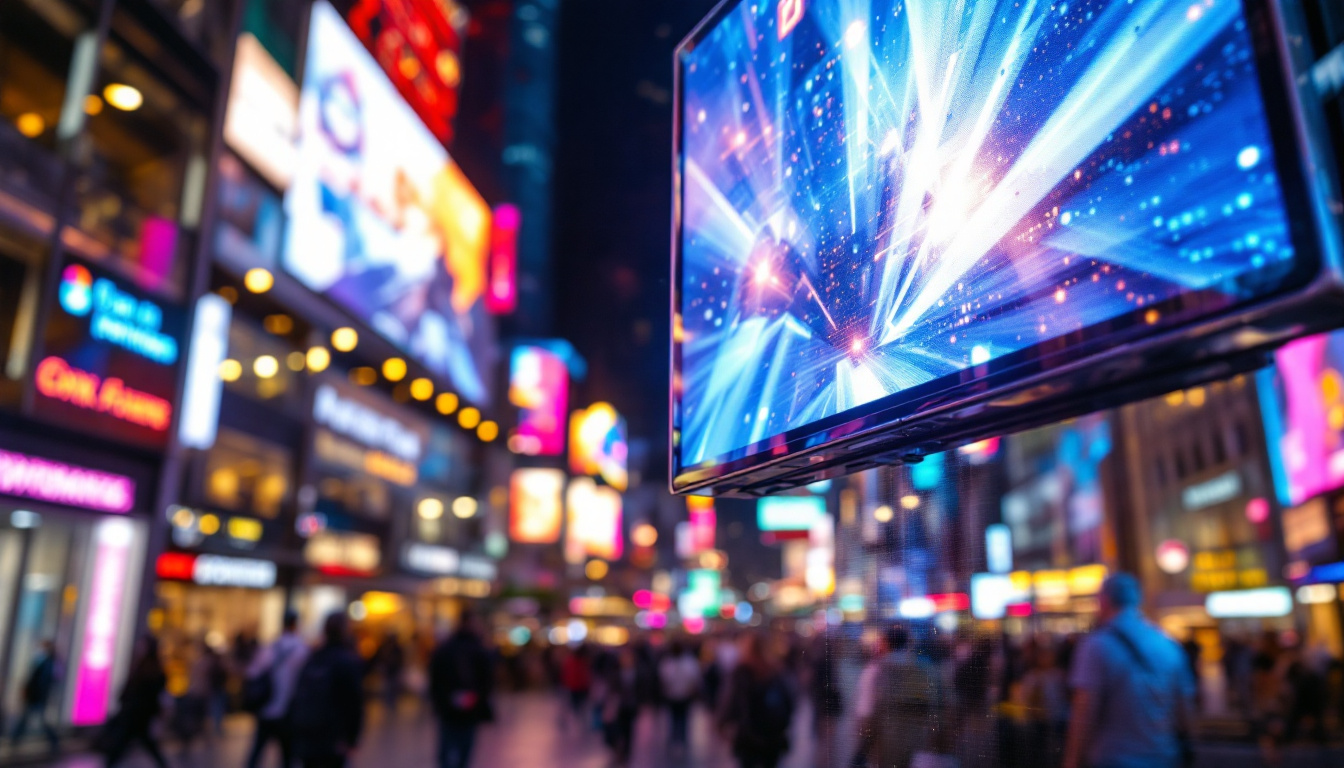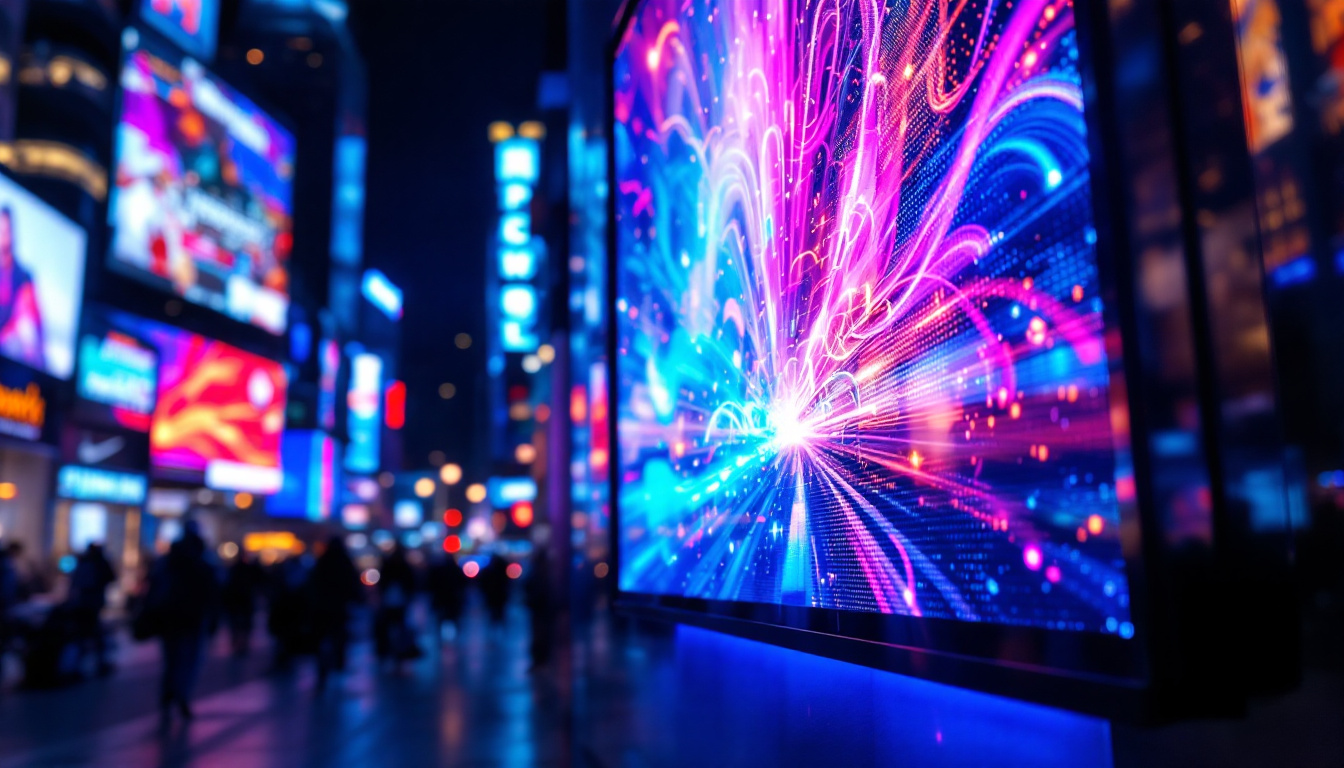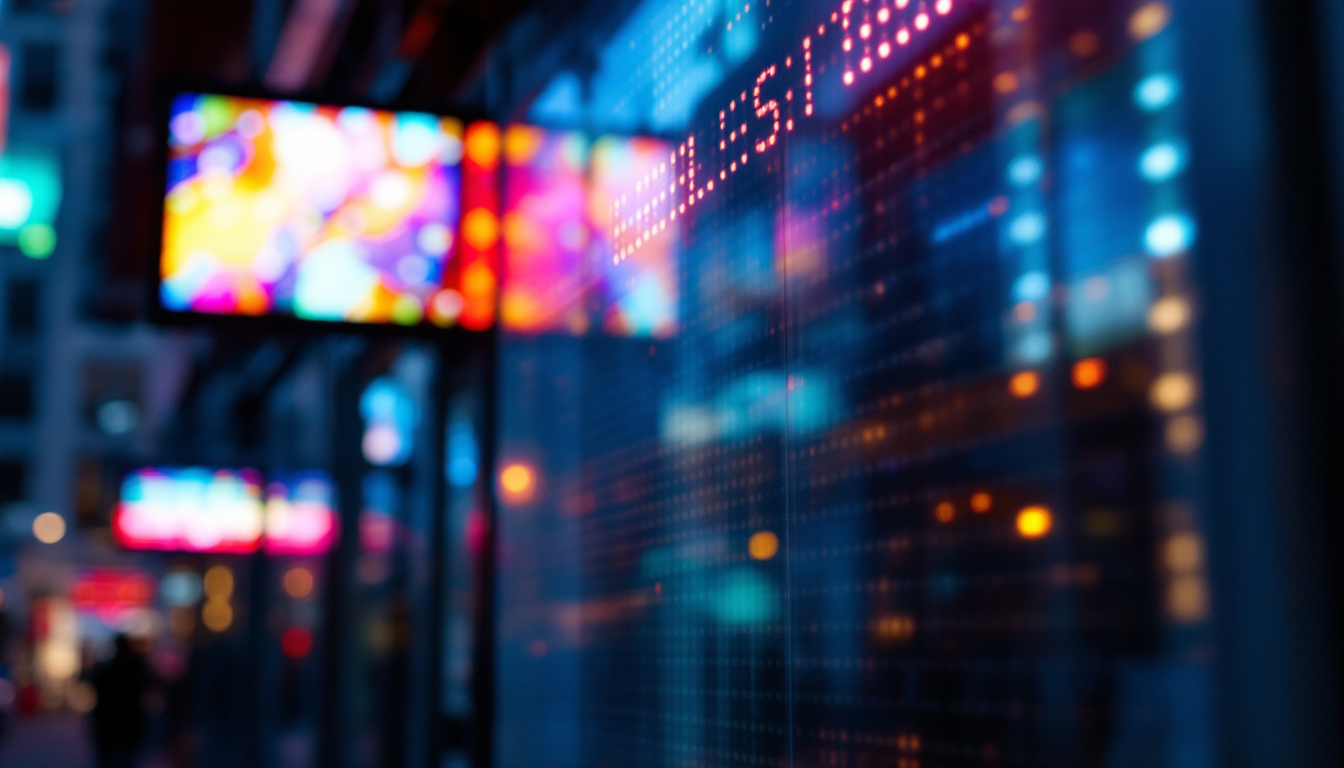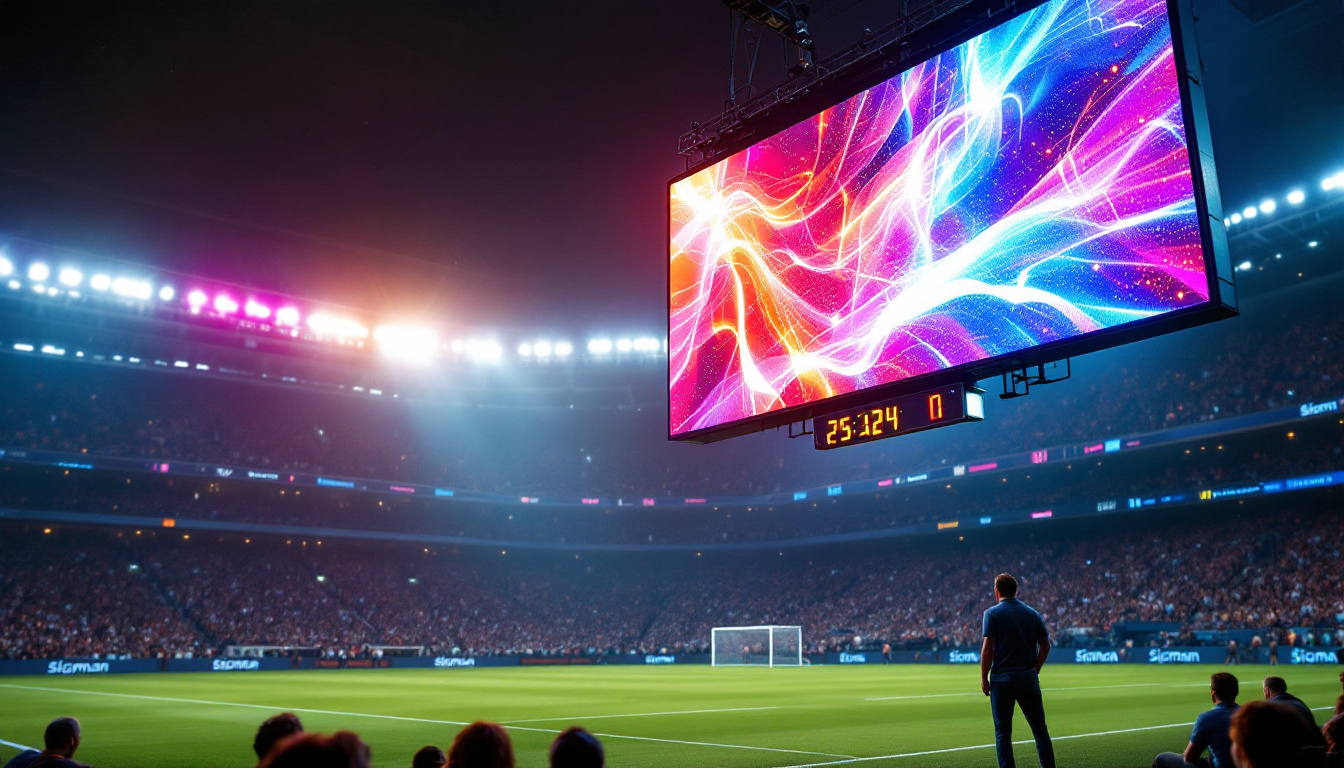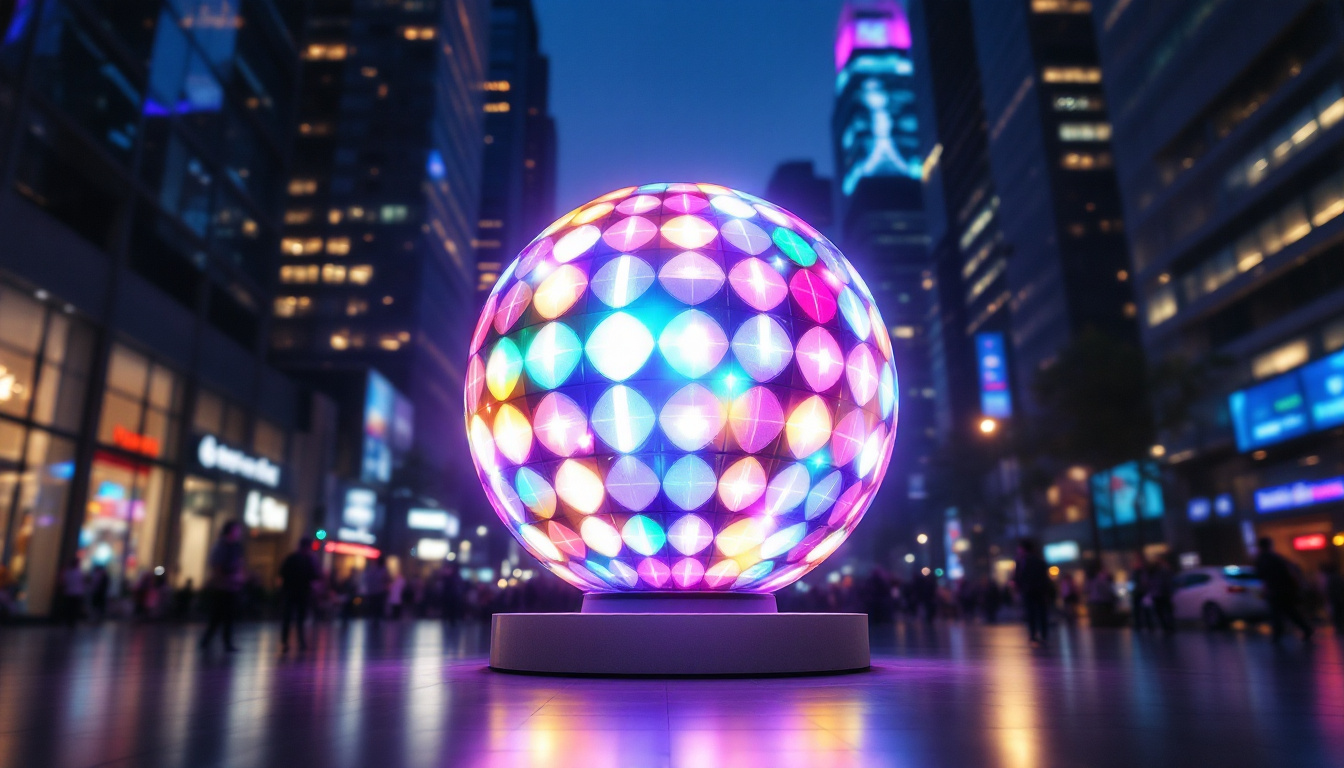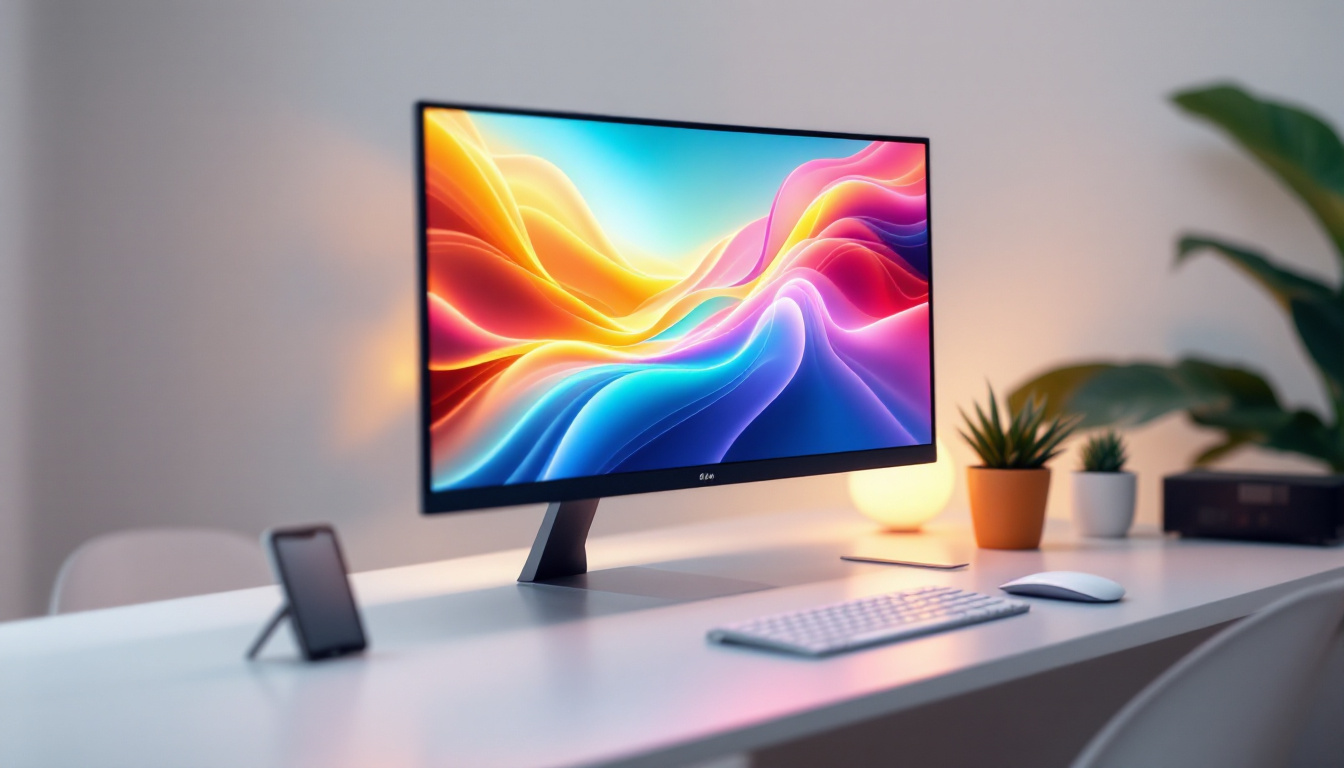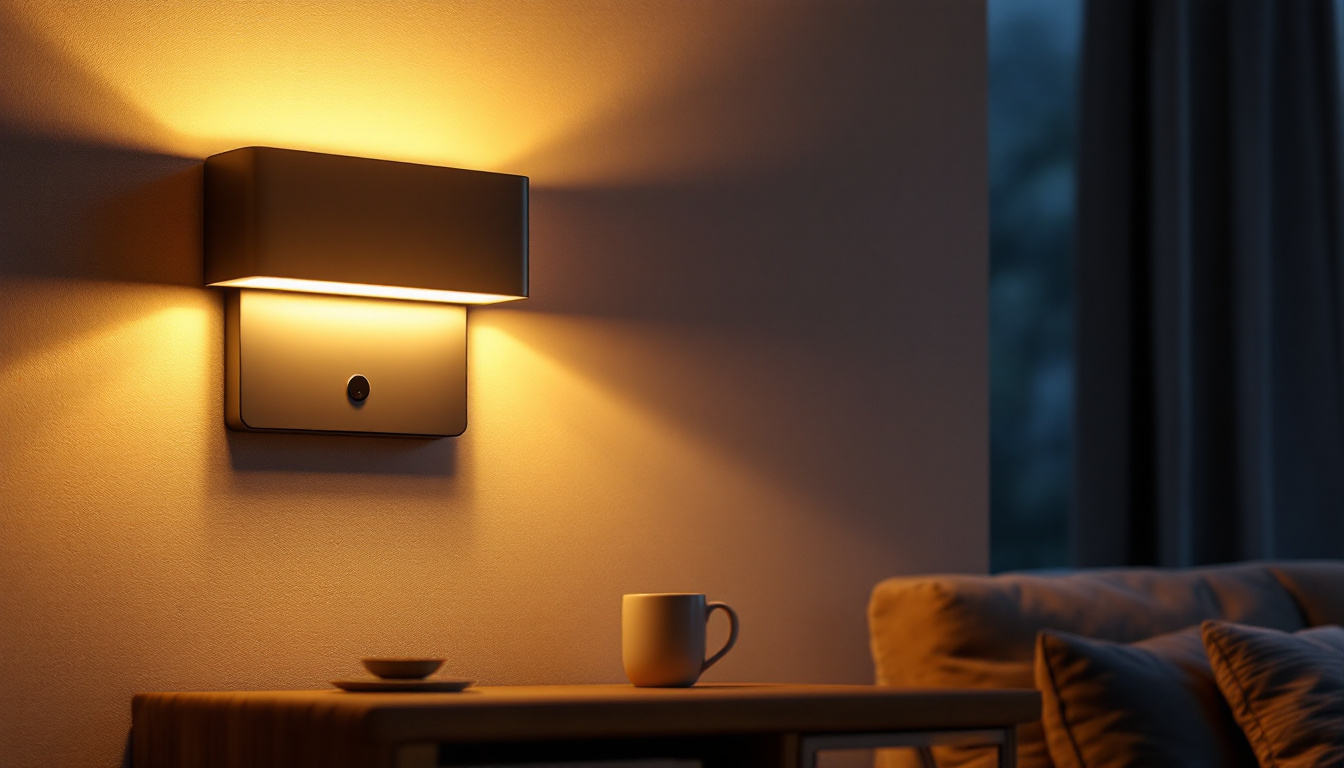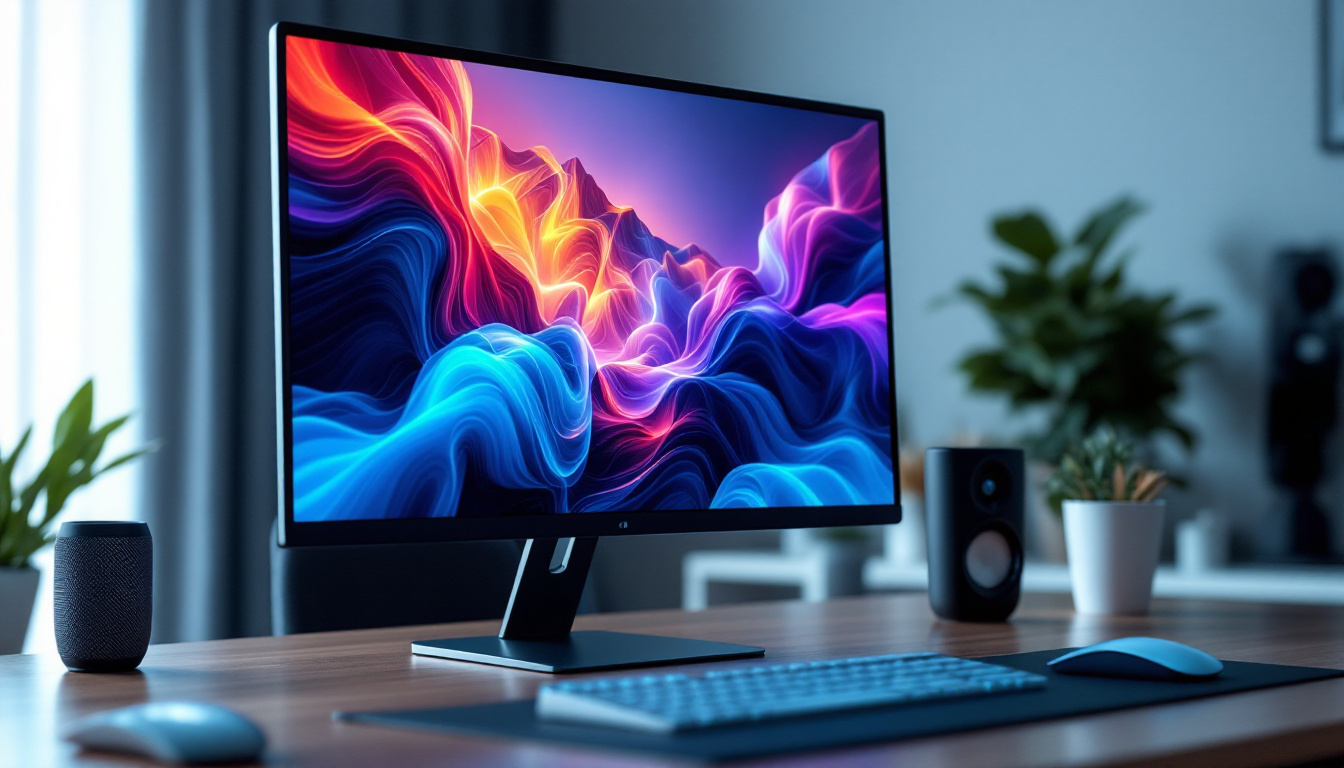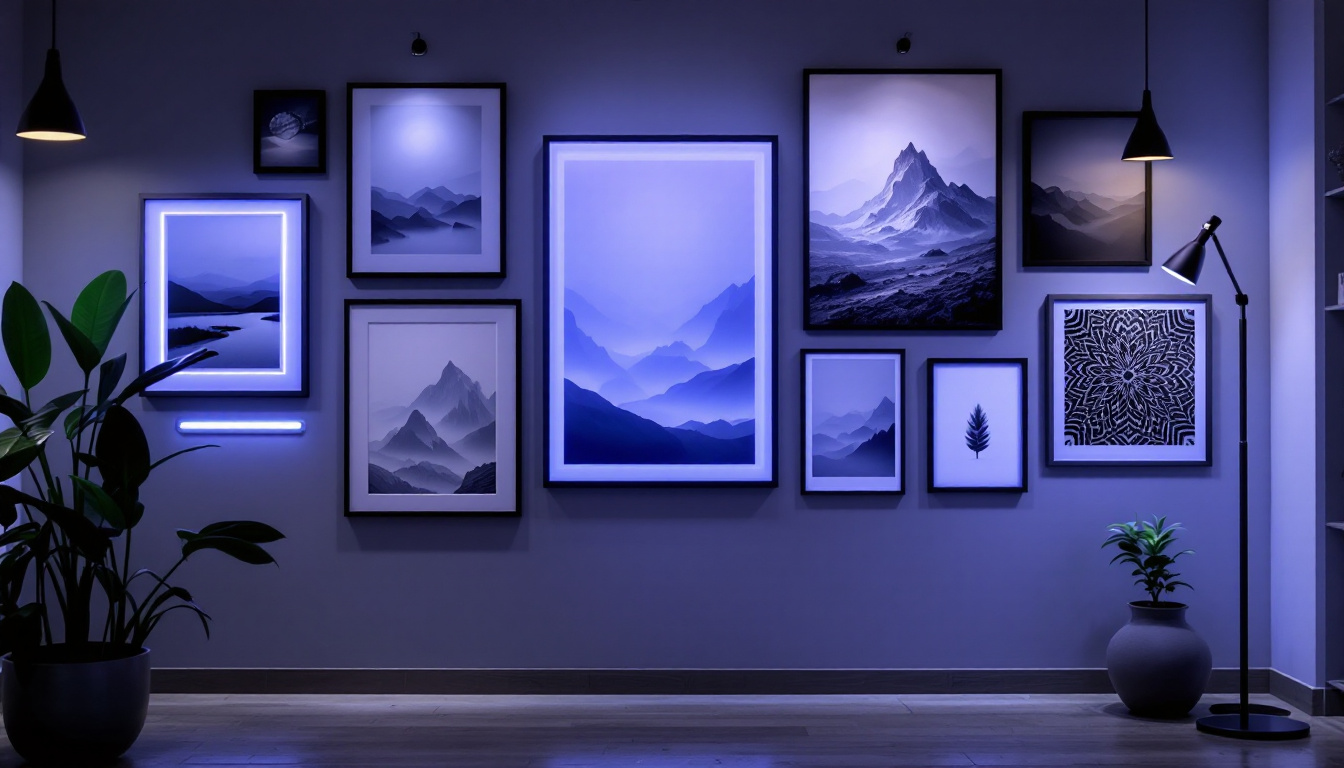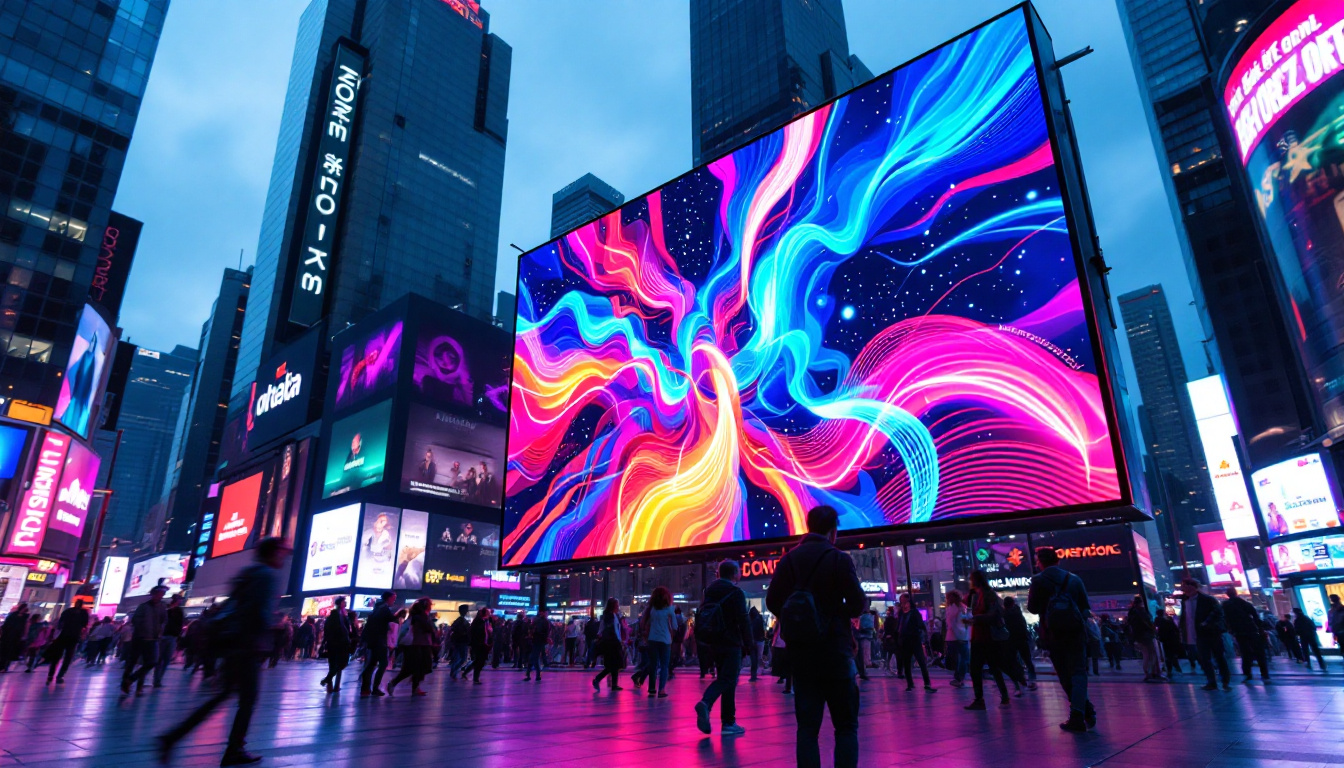The evolution of television technology has led to significant advancements in how we experience visual content. Among these innovations, LED displays have emerged as a popular choice for both commercial and residential applications. This article delves into the intricacies of TV paneling and the mechanics behind LED displays, offering insights into their functionality, advantages, and considerations for consumers.
Understanding LED Technology
LED, or Light Emitting Diode, technology has transformed the landscape of display panels. Unlike traditional LCD screens that rely on backlighting, LED displays utilize tiny diodes that emit light when an electric current passes through them. This fundamental difference leads to a range of benefits, including improved brightness, contrast, and energy efficiency. The evolution of LED technology has not only enhanced consumer electronics but has also paved the way for innovative applications in various fields, such as automotive lighting, architectural illumination, and even horticulture.
How LED Displays Work
At the core of LED technology is the semiconductor material that generates light. When electricity flows through the diode, it excites the atoms within the semiconductor, causing them to emit photons—essentially, light. In LED displays, these diodes are arranged in a grid pattern, allowing for precise control over individual pixels. This capability enables vibrant colors and sharp images, making LED displays a favorite among consumers. Furthermore, advancements in technology have led to the development of organic LEDs (OLEDs), which offer even greater color accuracy and flexibility in design, allowing for curved and flexible screens that were once thought impossible.
Types of LED Displays
There are primarily two types of LED displays: Direct LED and Edge-Lit LED. Direct LED displays have diodes placed directly behind the screen, providing uniform brightness and better contrast. In contrast, Edge-Lit LED displays have diodes positioned around the edges of the panel, using light guides to distribute light across the screen. While Edge-Lit displays are typically thinner and more lightweight, they may not achieve the same level of brightness and contrast as Direct LED models. Additionally, there are also Full-Array LED displays, which combine the benefits of both types by using a grid of LEDs behind the screen that can be dimmed or brightened in specific areas, enhancing the overall viewing experience and providing deeper blacks and brighter whites. This technology is particularly beneficial for high dynamic range (HDR) content, which demands a wider range of brightness levels to create a more lifelike image.
Advantages of LED Displays
LED displays offer a multitude of advantages that make them an attractive option for consumers. The benefits range from visual performance to energy efficiency, catering to a variety of needs and preferences.
Enhanced Picture Quality
One of the most significant advantages of LED displays is their superior picture quality. The ability to control individual pixels allows for deeper blacks and brighter whites, resulting in an enhanced dynamic range. This feature is particularly beneficial for watching movies or playing video games, where detail in both dark and bright scenes is crucial. Moreover, the color accuracy of LED displays is often superior to that of traditional screens, allowing for a more vibrant and lifelike viewing experience. This makes LED technology ideal for professional applications, such as graphic design and photography, where precise color reproduction is essential.
Energy Efficiency
LED displays are also known for their energy efficiency. Compared to traditional LCD and plasma screens, LED technology consumes significantly less power. This not only translates to lower electricity bills but also contributes to a reduced carbon footprint. As environmental concerns continue to grow, the energy-saving capabilities of LED displays are becoming increasingly important for consumers. In fact, many manufacturers now highlight their commitment to sustainability by producing LED displays with recyclable materials and eco-friendly manufacturing processes, further appealing to environmentally conscious buyers.
Longevity and Durability
Another key advantage of LED displays is their longevity. LED panels typically have a lifespan of 50,000 hours or more, far exceeding that of traditional display technologies. This durability means that consumers can enjoy their investment for years without the need for frequent replacements. Additionally, LED displays are generally more resistant to damage, making them suitable for various environments, including commercial settings. Their robust construction allows them to withstand vibrations and temperature fluctuations, which is particularly beneficial for outdoor use. This resilience is complemented by advancements in technology that have led to the development of weatherproof and dustproof LED displays, making them ideal for advertising in bustling urban areas or at outdoor events.
Considerations When Choosing an LED Display
While LED displays offer numerous benefits, there are several factors to consider before making a purchase. Understanding these considerations can help consumers make informed decisions that align with their specific needs.
Screen Size and Resolution
When selecting an LED display, screen size and resolution are critical factors. The size of the screen should be appropriate for the viewing distance; larger screens are ideal for spacious rooms, while smaller screens may be more suitable for intimate settings. Additionally, resolution plays a vital role in picture quality. Options range from Full HD (1080p) to 4K and even 8K, with higher resolutions providing more detail and clarity. It’s also worth noting that the type of content you plan to view can influence your choice; for instance, gaming and high-definition movies benefit greatly from higher resolutions, while standard television programming may not require the same level of detail.
Refresh Rate and Response Time
The refresh rate and response time of an LED display are essential for optimal viewing experiences, especially in fast-paced content such as sports or action movies. A higher refresh rate, measured in hertz (Hz), results in smoother motion on the screen. Similarly, a lower response time minimizes motion blur, enhancing the overall viewing experience. For gamers, these specifications can be particularly crucial, as they can affect gameplay performance and responsiveness. Some displays also feature technologies like variable refresh rate (VRR) and adaptive sync, which can further improve the experience by reducing screen tearing and stuttering during intense gaming sessions.
Smart Features and Connectivity
Modern LED displays often come equipped with smart features, allowing users to access streaming services, browse the internet, and connect with other devices. When choosing an LED display, consider the available connectivity options, such as HDMI, USB, and wireless capabilities. These features can significantly enhance the functionality of the TV, making it a central hub for entertainment. Moreover, many smart TVs now integrate voice control and compatibility with smart home devices, allowing users to manage their viewing experience with ease. It’s also beneficial to check for regular software updates and the availability of popular apps, as these can greatly influence the longevity and versatility of your display.
Energy Efficiency and Longevity
Another important consideration when selecting an LED display is energy efficiency. LED technology is generally more energy-efficient compared to traditional LCD or plasma screens, but there are still variations in power consumption among different models. Look for displays that are ENERGY STAR certified, as these models meet strict energy efficiency guidelines and can help reduce electricity bills over time. Additionally, the longevity of an LED display is a factor worth considering; many LED screens boast lifespans of up to 100,000 hours, which means you can enjoy your investment for years without worrying about significant degradation in performance.
Installation and Paneling Options
Once the right LED display has been selected, the next step is installation. Proper installation is crucial for maximizing the performance and aesthetics of the display. Various paneling options can enhance the overall look and feel of the space.
Wall-Mounting vs. Stand Installation
LED displays can be installed using wall mounts or stands. Wall-mounting is a popular choice for modern interiors, as it saves space and creates a sleek appearance. However, it is essential to ensure that the wall can support the weight of the display and that the viewing height is optimal. On the other hand, stands offer flexibility and ease of relocation, making them suitable for those who may want to rearrange their setup frequently.
Paneling Materials and Aesthetics
The choice of paneling materials can significantly impact the overall look of the installation. Options range from wood and metal to fabric and glass, each offering unique aesthetics. Additionally, incorporating LED lighting around the display can create a visually striking effect, enhancing the viewing experience while adding a modern touch to the room.
Future Trends in LED Display Technology
The landscape of LED display technology is continually evolving, with new innovations on the horizon. Keeping an eye on emerging trends can help consumers stay informed and make future-proof decisions.
MicroLED Technology
One of the most exciting developments in the world of LED displays is MicroLED technology. This cutting-edge innovation utilizes microscopic LEDs to create individual pixels, resulting in unparalleled picture quality and color accuracy. MicroLED displays promise to combine the best features of OLED and traditional LED technology, offering deeper blacks, brighter colors, and improved energy efficiency.
Flexible and Transparent Displays
Another trend gaining traction is the development of flexible and transparent displays. These innovative screens can be bent or shaped to fit various applications, from curved televisions to displays integrated into windows. This technology opens up new possibilities for design and functionality, allowing for unique installations that blend seamlessly with their surroundings.
Conclusion
LED display technology has revolutionized the way we experience visual content, offering enhanced picture quality, energy efficiency, and durability. As consumers navigate the myriad of options available, understanding the fundamentals of LED displays, their advantages, and key considerations can lead to informed purchasing decisions. With ongoing advancements in technology, the future of LED displays promises even more exciting possibilities, ensuring that they remain a staple in homes and businesses alike.
Discover LumenMatrix’s Innovative LED Solutions
Ready to elevate your visual experience with the latest in LED display technology? LumenMatrix offers a comprehensive range of cutting-edge LED display modules, from vibrant Indoor and Outdoor LED Wall Displays to dynamic Vehicle and Sports LED Displays. Whether you’re looking to enhance your brand’s visibility, create immersive environments with Floor and Custom LED Displays, or streamline your message with All-in-One and Transparent LED solutions, LumenMatrix is your partner in revolutionizing visual communication. Check out LumenMatrix LED Display Solutions today and transform the way you engage and captivate your audience.

